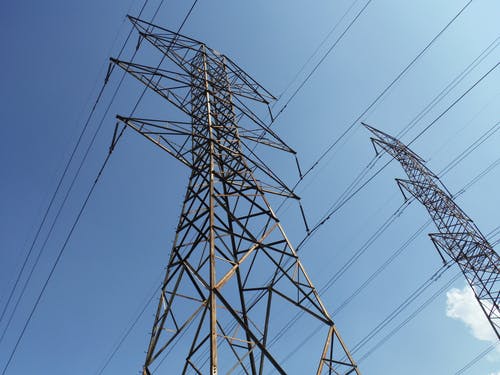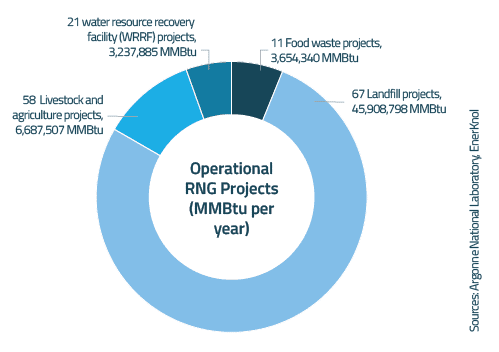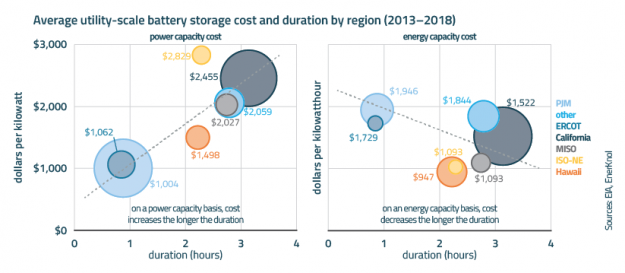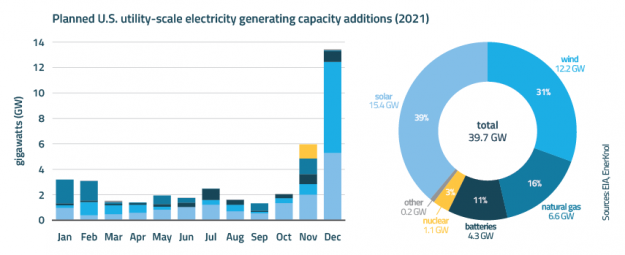Sweeping Outages Prompt Investigation into Role of Texas Grid Operator
Texas Governor Greg Abbott on Feb. 16 declared the reform of the Electric Reliability Council of Texas, or ERCOT, an emergency item in the current legislative session, following rotating outages resulting from extreme winter weather brought about by a polar vortex which primarily affected the Midwest and Southern regions of the U.S. Abbott directed the…...











